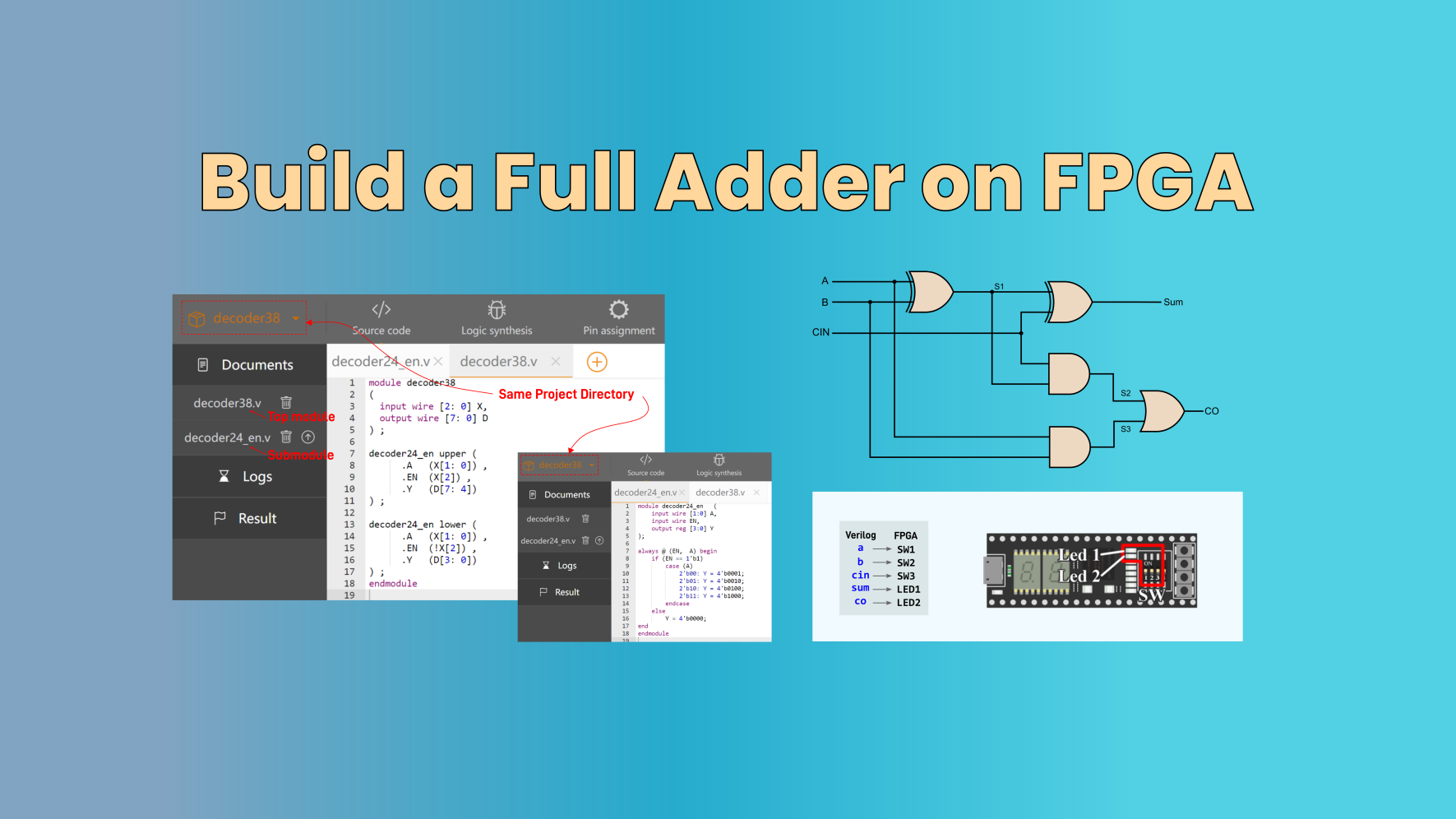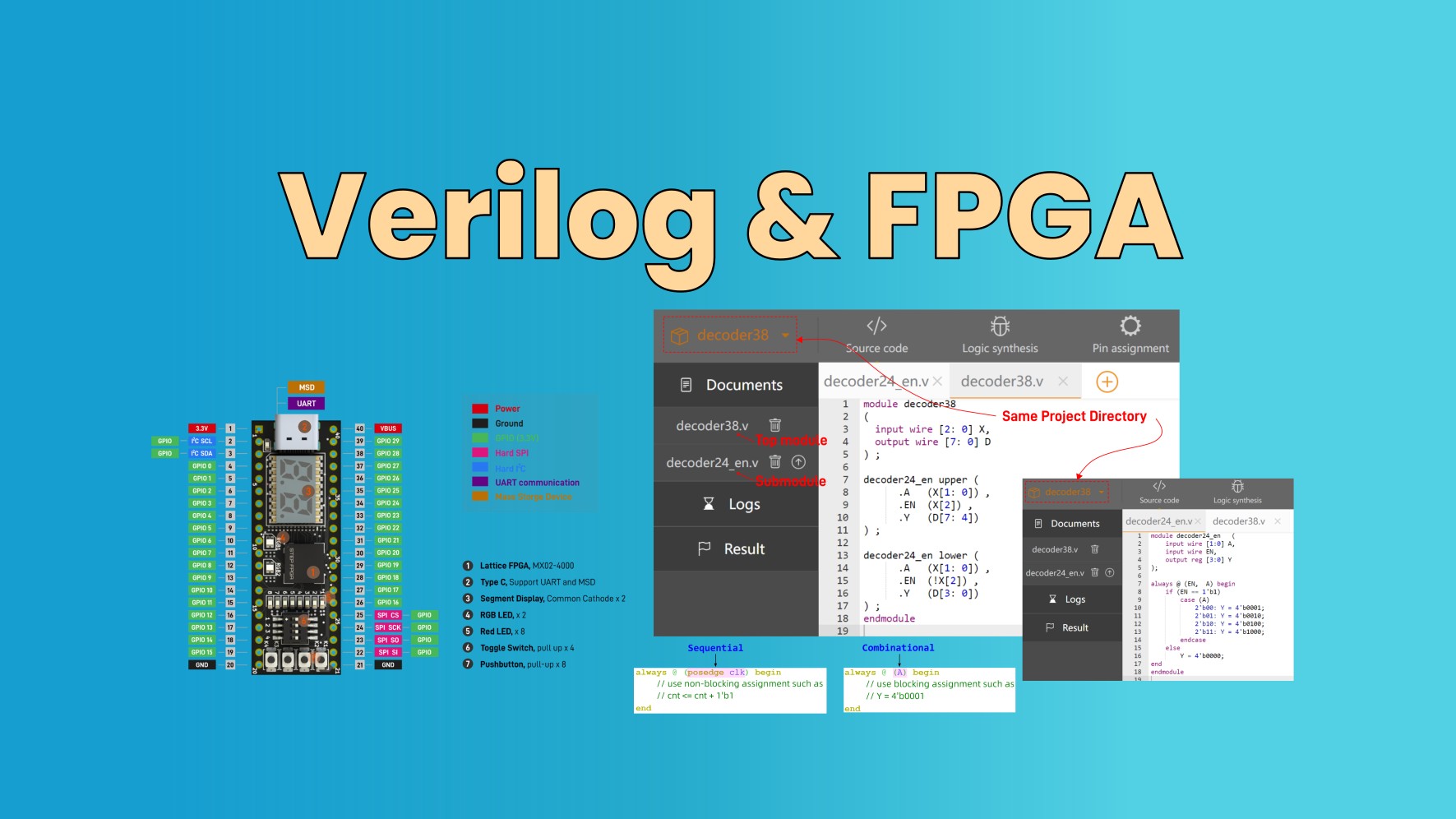The versatility and efficiency of Field Programmable Gate Arrays (FPGAs) have made them indispensable across various technological domains. From communication systems to artificial intelligence, FPGAs offer unique advantages in high-speed processing, parallel computing, and flexible design capabilities. This article explores the diverse applications of FPGAs in communication systems, digital signal processing, video image processing, high-speed interface design, artificial intelligence, and IC design. By delving into these areas, we uncover how FPGAs play a crucial role in shaping modern technology and innovation.
What are Field Programmable Gate Arrays / FPGAs used for?

Communication Systems
The application of FPGAs (Field-Programmable Gate Arrays) in communication systems is extensive. FPGA can easily implement distributed algorithm structures, which is highly advantageous for high-speed digital signal processing in wireless communications.
In wireless communication systems, many functional modules often require a large number of filtering operations, which typically involve numerous multiplication and accumulation operations. By implementing distributed arithmetic structures through FPGAs, these multiplication and accumulation operations can be effectively realized.
Especially in the case of Xilinx FPGAs, they integrate a large number of resources suitable for the communication field, including three major categories: baseband processing (channel cards), interfaces and connectivity functions, and RF (radio frequency cards):
- Baseband Processing Resources: Baseband processing mainly includes the implementation of channel coding and decoding algorithms (such as LDPC, Turbo, convolutional codes, and RS codes) and synchronization algorithms (such as WCDMA system cell search).
- Interface and Connectivity Resources: Interface and connectivity functions mainly include high-speed communication interfaces for wireless base stations (such as PCI Express, Ethernet MAC, high-speed AD/DA interfaces) and the corresponding internal backplane protocols (such as OBSAI, CPRI, EMIF, LinkPort) implementation.
- RF Application Resources: RF applications mainly include modulation/demodulation, up/down conversion (single-channel and multi-channel DDC/DUC of WiMAX, WCDMA, TD-SCDMA, and CDMA2000 systems), crest factor reduction (PC-CFR), and key technologies such as predistortion implementation.
Digital Signal Processing
In the field of digital signal processing, FPGAs are also dominant, mainly due to their high-speed parallel processing capability. The biggest advantage of FPGAs lies in their parallel processing mechanism, which utilizes parallel architecture to implement digital signal processing functions.
This parallel mechanism makes FPGAs particularly suitable for repetitive digital signal processing tasks such as FIR filtering. For high-speed parallel digital signal processing tasks, FPGA performance far exceeds that of general-purpose DSP processors with serial execution architecture. Additionally, its interface voltage and driving capability are programmable and configurable, unlike traditional DSPs that are controlled by instruction sets.
Due to the limitations of instruction set clock cycles, they cannot process signals that are too high-speed, making it difficult to handle signals such as Gbps-level LVDS. Therefore, the application of FPGAs in the field of digital signal processing is also very extensive.
Video Image Processing
As times change, people's demand for image stability, clarity, brightness, and color fidelity is increasing. What used to be standard definition (SD) has gradually evolved into high definition (HD), and now people are pursuing even higher-quality images such as those provided by Blu-ray.
This trend leads to a growing need for chips capable of processing larger amounts of data in real-time. Additionally, image compression algorithms are becoming more complex, making it challenging for dedicated application-specific standard products (ASSPs) or digital signal processors (DSPs) to handle such large data processing loads.
This is where the advantages of FPGAs shine. They can efficiently process data, making them increasingly popular in the field of image processing when considering overall costs. Therefore, FPGAs are becoming more and more welcomed by the market in the realm of image processing.
High-Speed Interface Design
After observing the performance of FPGAs in the fields of communication and digital signal processing, it's likely evident that FPGAs also hold a significant position in the realm of high-speed interface design. Its high-speed processing capability and the ability to support hundreds or even thousands of I/Os determine its unique advantages in high-speed interface design.
For example, if I need to exchange data with a PC, sending collected data for processing or displaying processed results on the PC, there are various interfaces available for communication with external systems, such as ISA, PCI, PCI Express, PS/2, USB, and others.
The traditional approach involves using corresponding interface chips for each interface, such as PCI interface chips. When multiple interfaces are needed, multiple interface chips are required, leading to complex hardware peripherals and bulky volumes, which can be inconvenient. However, utilizing FPGAs immediately brings forth advantages.
Because different interface logics can all be implemented internally within the FPGA, there is no need for numerous interface chips. Coupled with the use of DDR memory, this makes the handling of interface data much more convenient and efficient.
Artificial Intelligence
If you're inclined to follow news in the technology sector, you've likely been inundated with discussions about 5G communication and artificial intelligence (AI) lately. Indeed, as we find ourselves in the 2024, AI has rapidly advanced over the past two decades, and the successful development of 5G has further bolstered AI's capabilities. It's foreseeable that the future will be dominated by artificial intelligence.
FPGAs have also found widespread application in the front-end of AI systems. For example, in autonomous driving, various traffic signals such as driving routes, traffic lights, obstacles, and driving speeds need to be collected and processed using multiple sensors. FPGA can be used for comprehensive sensor driving and fusion processing in this context.
Furthermore, intelligent robots require image and sound signal acquisition and processing, tasks that can also be efficiently handled using FPGAs. Therefore, FPGAs are adept at handling front-end information processing in artificial intelligence systems.
IC Design
It's undeniable that IC design does have a relatively high barrier to entry, but there's no need to overly mystify it. Essentially, we can compare it to PCB design in simpler terms. PCB design involves assembling individual components on a printed circuit board to create a specific functional circuit combination, while IC design involves building a specific functional circuit combination using individual MOS transistors, PN junctions, on a silicon substrate— one at a macro level and the other at a micro level. If a PCB design fails, it can be redesigned without incurring significant losses, but if an IC design fails and needs to be redesigned, the losses can be substantial. As the saying goes, "an ounce of prevention is worth a pound of cure."
In the realm of IC, when the lithography machine starts working, the value at stake is indeed significant. Photoresist is expensive, and creating lithography plates is not cheap either. Moreover, with hundreds or even thousands of processes involved, the manpower, resources, machine wear and tear, and maintenance costs are all significant expenses. Therefore, successful IC design on the first try is crucial.
Ensuring successful IC design involves thorough simulation testing and FPGA verification. Simulation verification entails running simulation software on servers to conduct tests, similar to software like ModelSim/VCS. FPGA verification involves porting the IC code to an FPGA, synthesizing it using FPGA synthesis tools, routing it to generate a bit file, and then downloading it onto an FPGA verification board for testing. For complex ICs, we can also divide them into several functional parts for separate verification, with each functional module placed on a separate FPGA. The circuits generated by FPGAs closely resemble real IC chips, greatly facilitating IC designers in verifying their designs.
We looked at some application of Field Programmable Gate Arrays (FPGAs). If you are looking to get skilled FPGA we have FPGA board for beginners. Check it FPGA Board on https://shop.eimtechnology.com/products/step-fpga-development-board
Check FPGA Learning Kit on https://shop.eimtechnology.com/collections/all-products/products/fpga-digital-electronics-digital-circuits-learning-kit
Check the related blogs
> https://shop.eimtechnology.com/blogs/articles/what-is-field-programmable-gate-array-fpga-coding
> https://shop.eimtechnology.com/blogs/articles/learning-kit-for-digital-circuits-and-fpgas
Leave comments and your feedback in the comment section below. Follow us for future blog updates.

